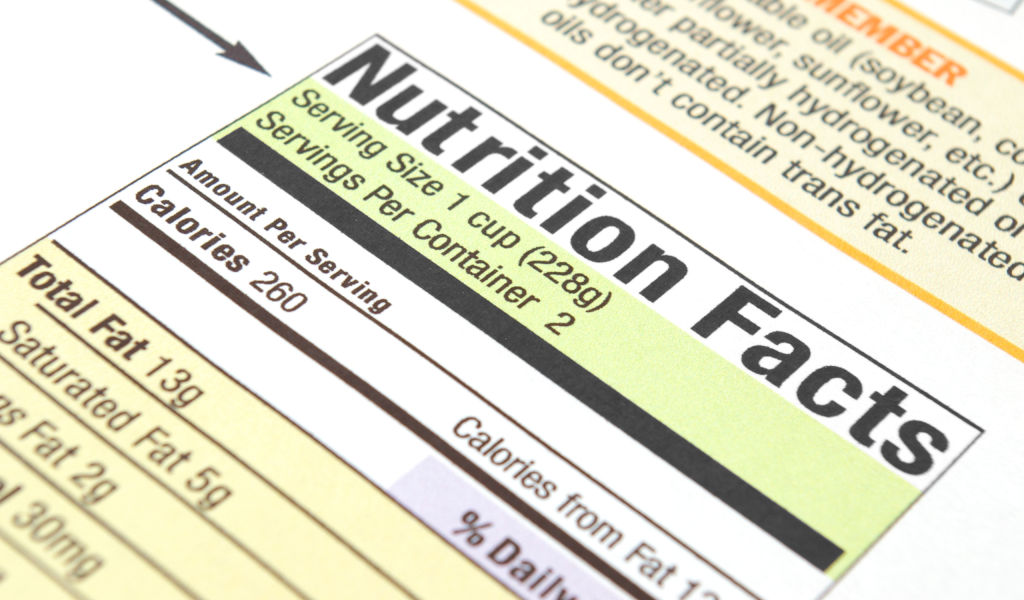Written by Dietician Sarah
Ever wondered what all the numbers and ingredients mean on the back of our food and drinks? Sarah talks us through how to read the labels that hold all the important information!
Nutrition Information Panel
Let’s keep it easy, navigating your way around all the claims on food packaging can be a bit mind-boggling, let alone trying to make sense of the numbers on the Nutrition Information Panel.
To start with, let’s discuss the Nutrition Information Panel (NIP), (the health and nutrition claims can be looked at at another time).
| NUTRITION INFORMATION
Servings per package: Serving size: |
||
| Quantity per serving | Quantity per 100g (or 100ml) | |
| Energy | kJ (Cal) | kJ (Cal) |
| Protein | g | g |
Fat, total
|
g
g |
g
g |
Carbohydrate
|
g
g |
g
g |
| Fibre | g | g |
| Sodium | mg (mmol) | mg (mmol) |
A big table? Let’s break it down…
NIP’s have two main columns of information, the per serve column and the per 100g column. The per serve column is related to the serving size listed at the top of the NIP. This suggested serving may be more or less than what you would usually have. When looking at the NIP, use the per 100g column to compare products. Food manufacturers use different serving sizes between products and ideally, it’s best to compare apples with apples. Try to choose foods that fit into these three numbers, 10, 10 and 5, which means:
Less than 10g of fat per 100g of food
Less than 10g of sugar per 100g of food
At least 5g of fibre per 100g of food
I haven’t included sodium (or salt) above but it is a nutrient to be mindful of and you want to try to keep this as low as you can.
Whether a food ticks all 3 boxes will depend on the food you’re looking at. For example, yoghurt doesn’t contain fibre therefore you won’t be finding one that has more than 5g of fibre however you can try to find one that ticks the boxes for fat and sugar. However, if you were looking at cereal or a muesli bar, this is where you can definitely try to find one that meets everything.
So what about the ingredients?
The next thing to look at is the ingredient list. Ingredient lists are usually found close to the NIP and they have to be listed in order of descending quantity. So, the first ingredient listed is present in the largest amount and the ones right at the bottom, in the smallest amounts. It can also be helpful to see the particular sources of nutrients, for example, sugars. Has the sugar come from naturally occurring sugar such as honey or dried fruit or is it simply added sugar?
Try and compare some products next time you’re deciding what to buy and see how you’re preferred foods stack up.
Sarah













 Date: October – Clear your Friday’s!!
Date: October – Clear your Friday’s!!  Time: 9am – 1pm
Time: 9am – 1pm Location: Kirikiriroa
Location: Kirikiriroa